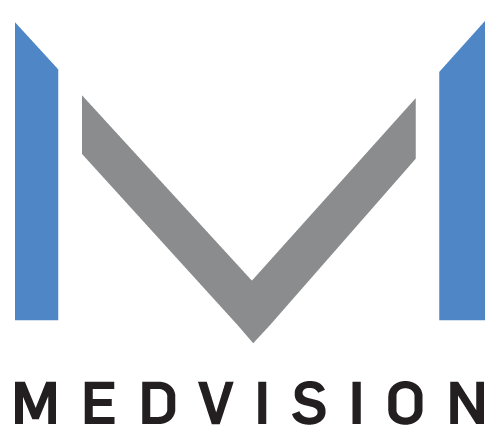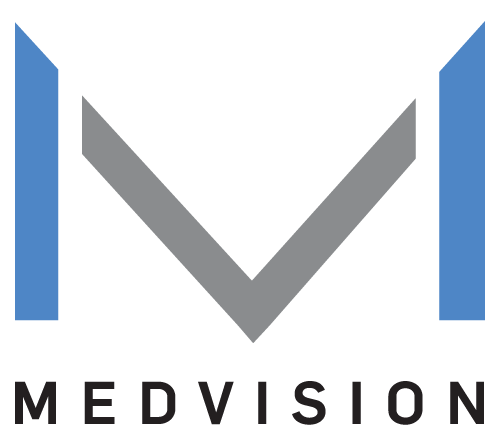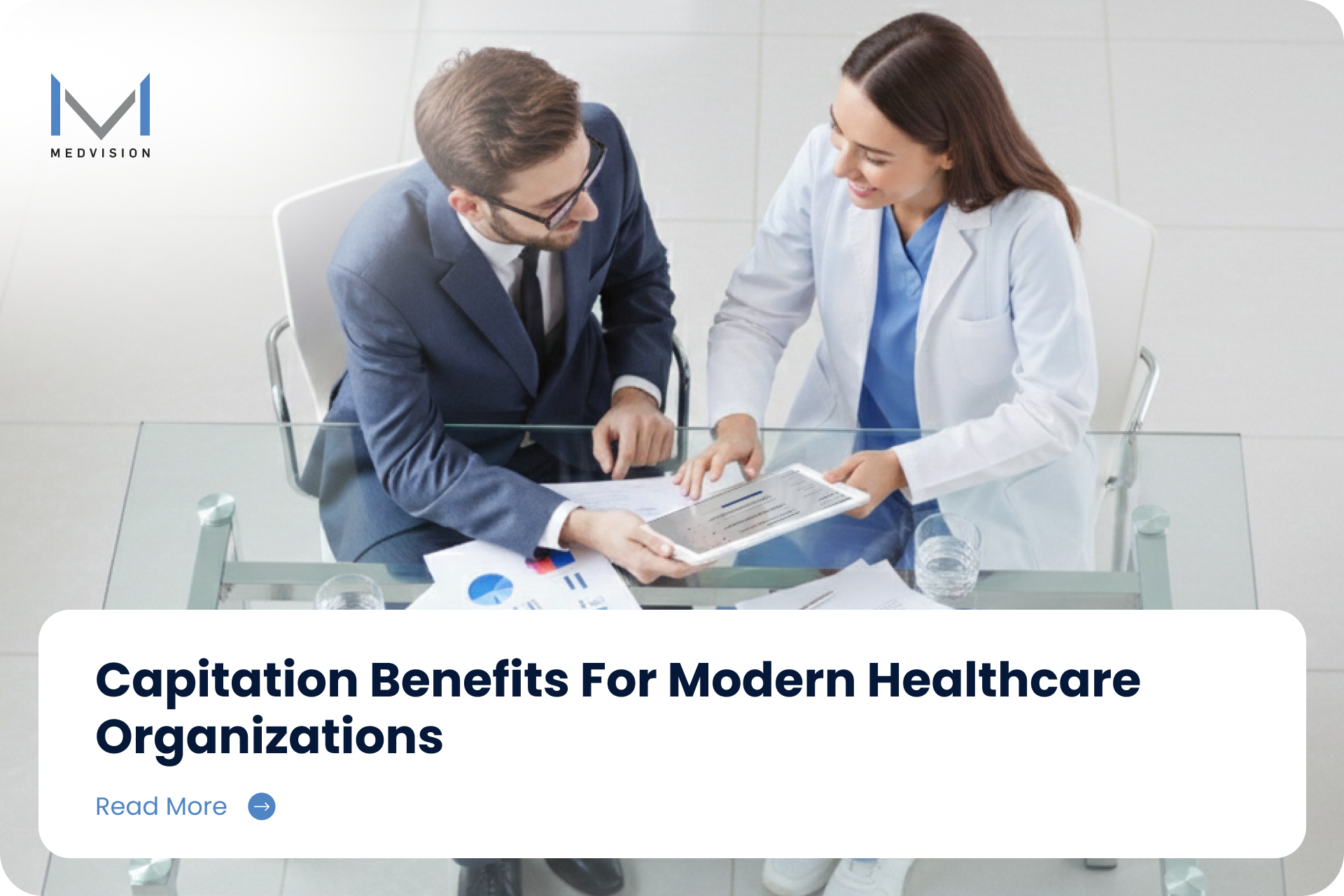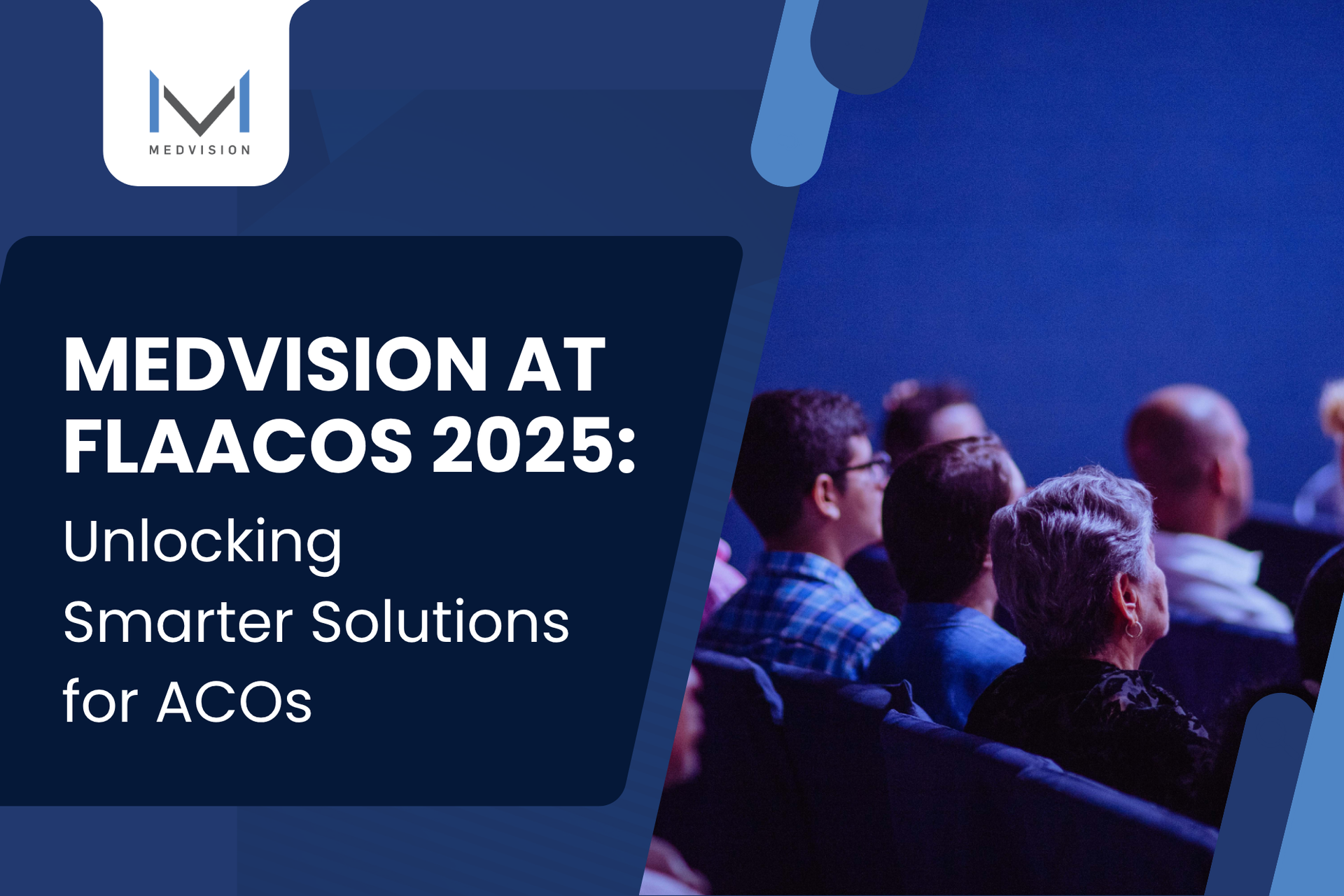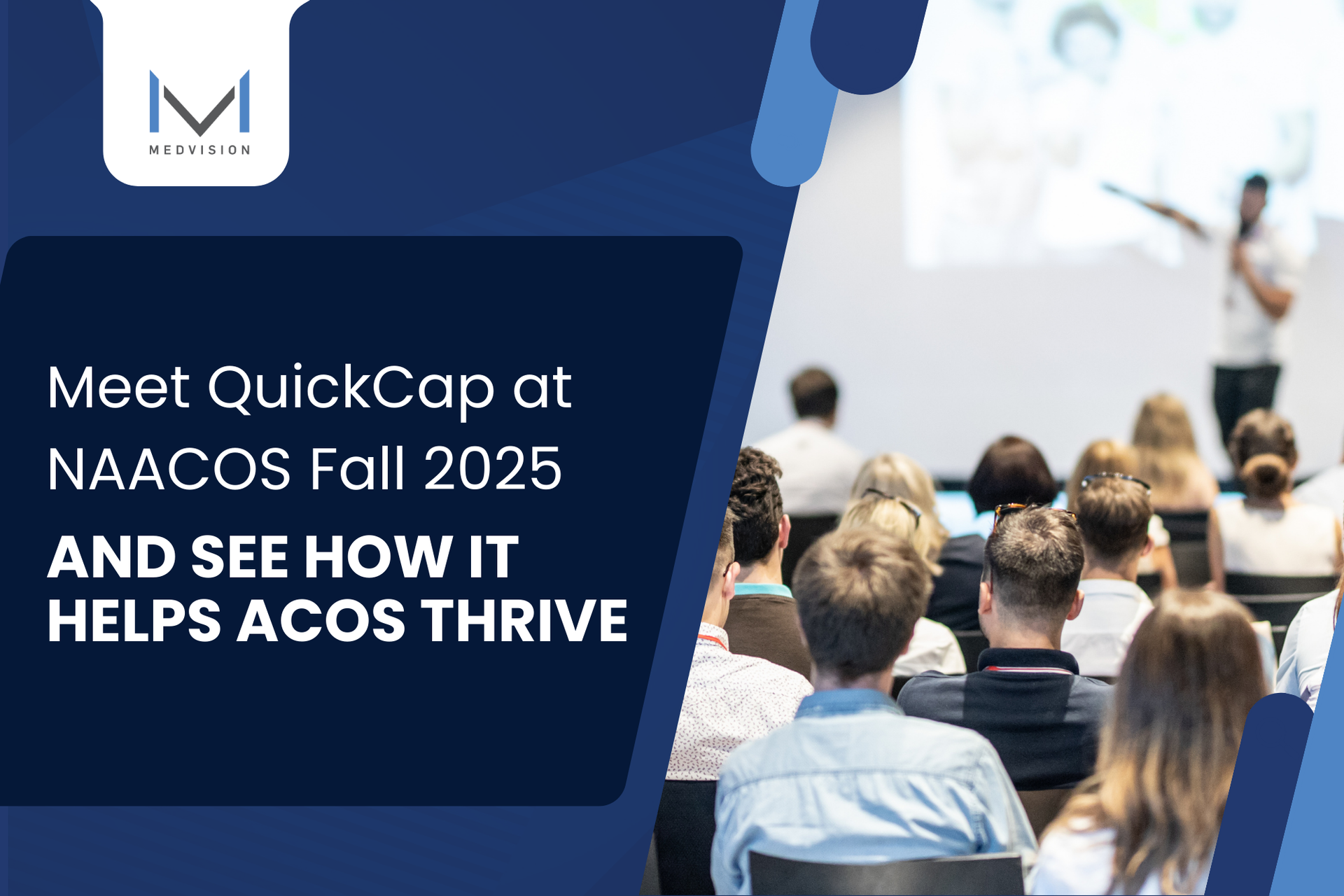The ACO REACH model is an initiative currently being tested by the CMS Center for Medicare and Medicaid Innovation (CMMI). Its vision is to change the status quo of fee-for-service payments. Traditional Medicare has tethered payments to volume for decades, inadvertently prioritizing tests, visits, and procedures over prevention, coordination, and outcomes.
Under the
ACO REACH model, providers are responsible for the quality and total cost of care for their patients. They are fully accountable for their assigned patients' yearly healthcare spending and are incentivized to provide attentive, high-quality, and well-coordinated care.
Now we’re in 2025, and significant updates to ACO REACH promise to refine its structure, expand its reach, and deepen its impact. But what exactly will change? How will these adjustments affect providers, patients, and the broader push toward value-based care?
This blog breaks down the 2025 updates and highlights how
MedVision helps healthcare administration programs achieve peak efficiency with advanced software.
Industry-Leading ACO Management Software
2025 Updates for the ACO REACH Model
The Centers for Medicare & Medicaid Services (CMS) rolled out updates to the
ACO REACH initiatives for 2025 to supercharge the program’s impact on equity, access, and community health. Based on the 2022 Evaluation Report, these changes refine the financial methodology to boost long-term sustainability while incorporating stakeholder feedback to sharpen benchmark accuracy, ensuring fairer, more reliable performance targets.
As CMS refines the program, ACOs must stay informed to align with new requirements and leverage opportunities for sustainable, patient-centered care. Here are the
updates you must know:
1. Historical and Regional Expenditure Blend
CMS maintained the benchmark composition for Standard ACOs at 55% historical baseline expenditures and 45% regional expenditures, foregoing the previously planned shift to a 50/50 blend.
2. Regional Blend Adjustment Ceiling (Standard ACOs)
Under ACO REACH, CMS sets upper (ceiling) and lower (floor) limits for adjustments resulting from incorporating regional expenditures into the benchmark. This 2025, the maximum upward adjustment from blending regional expenditures into the benchmark for Standard ACOs was reduced from 5% to 3% of the adjusted fee-for-service (FFS) United States Per Capita Cost (USPCC).
3. Regional Blend Adjustment Ceiling (High-Needs Population ACOs)
In PY 2025, CMS will adjust the ceiling at 9% of the adjusted FFS USPCC to better capture the spending of High Needs beneficiaries, while the New Entrant ceiling will remain at 5% of the adjusted FFS USPCC.
For High-Needs Population ACOs and New-Entrant ACOs, CMS will use a simulated historical alignment in PY 2025, basing the historical beneficiary year on performance-year provider lists. CMS will also continue using 2021-2023 as the historical base years for these ACOs in PY 2025 and 2026, avoiding rebasing in PY 2026 to maintain consistency with Standard ACO policy and ensure benchmark stability.
4. Increase Benchmark Discount in Global Risk-Sharing Option
In the Global risk-sharing option, ACOs are eligible to earn savings only when the total cost of care is less than the discounted Performance Year Benchmark. The benchmark discount will remain 3.5% for 2025 and increase to 4% in 2026. The Performance Year Benchmark will remain undiscounted for ACOs participating in the Professional risk-sharing option.
5. Risk Adjustment Model Update
CMS continues to implement the 2024 (V28) risk adjustment model, blending 33% of the 2020 (V24) model and 67% of the 2024 (V28) model for risk scores in 2025. The model-wide Coding Intensity Factor (CIF) remained capped at 1% for Standard and New Entrant ACOs.
6. Stop-Loss Reinsurance Budget Neutrality
All REACH ACOs can choose to participate in a stop-loss reinsurance arrangement, which helps mitigate the financial risks tied to rare but high-cost expenditures for their aligned beneficiaries. To ensure budget neutrality, CMS applies a uniform multiplier adjustment at Final Reconciliation to stop-loss payouts, aligning model-wide payouts with stop-loss charges.
7. Health Equity Benchmark Adjustment
This 2025, CMS will replace the National/State Blended Area Deprivation Index (ADI) with a standardized area-level socioeconomic deprivation measure to better capture deprivation in areas with high housing values. CMS will share more details about the methodology soon.
8. Provisional Settlement Adjustments
CMS will maintain the Financial Guarantee requirements at 4.0% of the benchmark in PY 2025 for ACOs opting for Enhanced Primary Care Capitation and/or the Advanced Payment Option. In PY 2026, the requirement will be reduced to 3.75% as the inclusion of TMO in the Provisional Settlement process decreases risk. Starting next year, Provisional Settlement calculations will reflect total monies owed to reflect additional claims run-out, final quality and risk scores, and the CIF.
9. Benchmark Changes for Voluntarily Aligned Beneficiaries
Starting in PY 2025, CMS will apply the same benchmark methodology for voluntarily aligned beneficiaries as claims-based aligned beneficiaries in Standard and New Entrant ACOs, provided they had at least 500 voluntarily aligned beneficiaries in one historical base year (2021-2023).
ACOs serving the High-Needs Population would use the claims-aligned benchmark methodology if they had at least 250 voluntarily aligned beneficiaries in one historical base year (2021-2023). ACOs below these thresholds will continue to use the 100% regional benchmark methodology for voluntarily aligned beneficiaries.
10. GUIDE Model Integration
This 2025, certain payments under the GUIDE Model, such as the Dementia Care Management Payment (DCMP), will be included in the total cost of care calculations for Shared Savings/Losses. Providers participating in the GUIDE Model and ACO REACH must follow new GUIDE billing guidelines (soon to be released).
DCMP payments will not be subject to ACO REACH claim reductions but will count toward beneficiary alignment calculations. CMS will not modify the ACO REACH benchmark methodology in response to GUIDE Model overlaps.
11. Adjustments for SAHS Billing in PY 2023
CMS will adjust PY 2023 financial performance calculations to exclude Significant, Anomalous, and Highly Suspect (SAHS) billing activity that could distort expenditure benchmarks and payments.
CMS identified HCPCS codes A4352 and A4353 (intermittent urinary catheter supplies) as meeting SAHS criteria. They will remove these expenditures from the PY 2023 final settlement calculations but will still be factored into historical base-year expenditures for 2017-2019.
From PY 2024 to PY 2026, CMS will exclude these codes from the historical baseline when they use PY as a base year. In PY 2024 and PY 2025, CMS will release additional policies for handling SAHS billing.
How MedVision Helps ACOs
Navigating the 2025 ACO REACH framework requires more than understanding the rules. Providers must also have the right healthcare solutions, strategies, and partners to maximize the opportunities these programs offer.
MedVision is your trusted ally to excel in value-based care, offering innovation, adaptability, and long-term success. Our tailored support systems and
ACO management software,
QuickCap, help organizations streamline processes and workflows in ACOs. Here’s how:
✅ Data-Driven Population Health Management
QuickCap translates raw data into actionable insights for better decision-making. The population health management software’s advanced analytics identify high-risk patients, uncover care gaps, and prioritize interventions that drive outcomes.
✅Seamless Care Coordination
QuickCap integrates provider networks, streamlines workflows, and eliminates redundancies by facilitating real-time communication among primary care providers, specialists, and care managers. This ensures seamless care transitions and enhanced provider collaboration.
✅Scalable Platform
Whether an ACO healthcare organization is just starting or managing an extensive network of providers, QuickCap adapts seamlessly to meet operational needs. Its flexible architecture supports growth, expanding patient populations, and evolving care models without disruption.
✅Enhanced Regulatory Adherence
ACOs require adaptive systems to stay compliant without excessive administrative burden. QuickCap swiftly adapts to new CMS guidelines, from updated risk-adjustment models to stricter health equity reporting. Integrating new policies and rules helps organizations navigate policy changes, meet reporting deadlines, and optimize reimbursement models.
✅Reliable Support
At MedVision, we offer more than software—we build lasting partnerships with ACOs to ensure sustained success. Our support team works closely with clients to provide ongoing guidance, training, and technical assistance, ensuring ACOs maximize the value of their investment in QuickCap.
Achieve Your ACO Value-Based Care Goals with MedVision!
Success in a
value-based care model isn’t just about meeting benchmarks—it’s about delivering better outcomes, optimizing performance, and driving real impact. By choosing
MedVision, ACOs gain a trusted partner equipped with the tools, expertise, and commitment necessary to thrive in a patient-first healthcare system.
Let’s shape the future of healthcare together. Discover how MedVision can transform your ACO today.
Empower Your ACO with Data-Driven Insights & Smart Automation!


